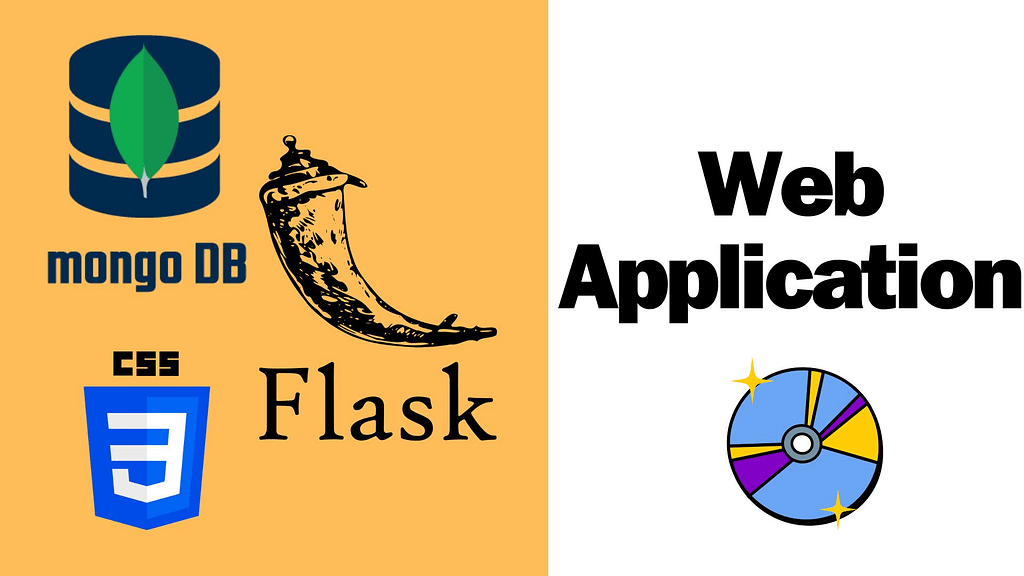
Introduction
My friend Marlon has passion for movies. Over the span of a decade, he has amassed an extensive collection exceeding 8000 movies. However, his method of cataloging them using Excel has proven to be inadequate.The existing Excel table lacks the necessary data consistency and control over missing values. As his collection continues to grow, the shortcomings of this manual system become increasingly evident. With such a vast assortment of movies, it’s necessary to have a competent management system in place to ensure efficient organisation and accessibility.
Recognising this need,I built this movie management system, which is a user-friendly platform designed to streamline movie management and selection. It is built on a robust tech stack comprising MongoDB, Flask and CSS.
Features
Add Movies: Users can effortlessly add new movies to the database, providing essential details such as title, genre, release year, and more. The application ensures data consistency by enforcing predefined data types, minimising errors during data entry.
Batch adding is also possible. The existing file format is CSV, which can be converted to JSON format and insert into MongoDB database directly.
Browse Movie Collection: Explore the extensive movie collection with ease. Users can browse through all available movies, filter by genre, release year, or any other relevant criteria.
Select Movies: Selecting a movie from the database is simple and efficient. Users can easily locate their desired movie, view detailed information, and make informed decisions.
Tech Stack
MongoDB: MongoDB serves as the backbone of our application’s data management. Its efficient storage and retrieval capabilities ensure seamless handling of movie data. MongoDB’s flexible schema allows for easy adaptation to evolving requirements, ensuring scalability and robustness.
Flask: Powering the backend of our application, Flask provides a lightweight yet powerful framework for handling HTTP requests and routing. Its versatility enables efficient implementation of complex business logic, facilitating a responsive and scalable user experience.
CSS: The application’s interface is crafted with well-structured CSS, enhancing user interaction and visual appeal. By adhering to CSS best practices and responsive design principles, we ensure a seamless experience across various devices and screen sizes, promoting usability and accessibility.
Error Handling: The application prioritizes user experience by implementing robust error handling mechanisms. From thorough input validation to insightful error code interpretation, clear feedback and guidance are provided to facilitate a smooth user journey, enhancing overall satisfaction and usability.